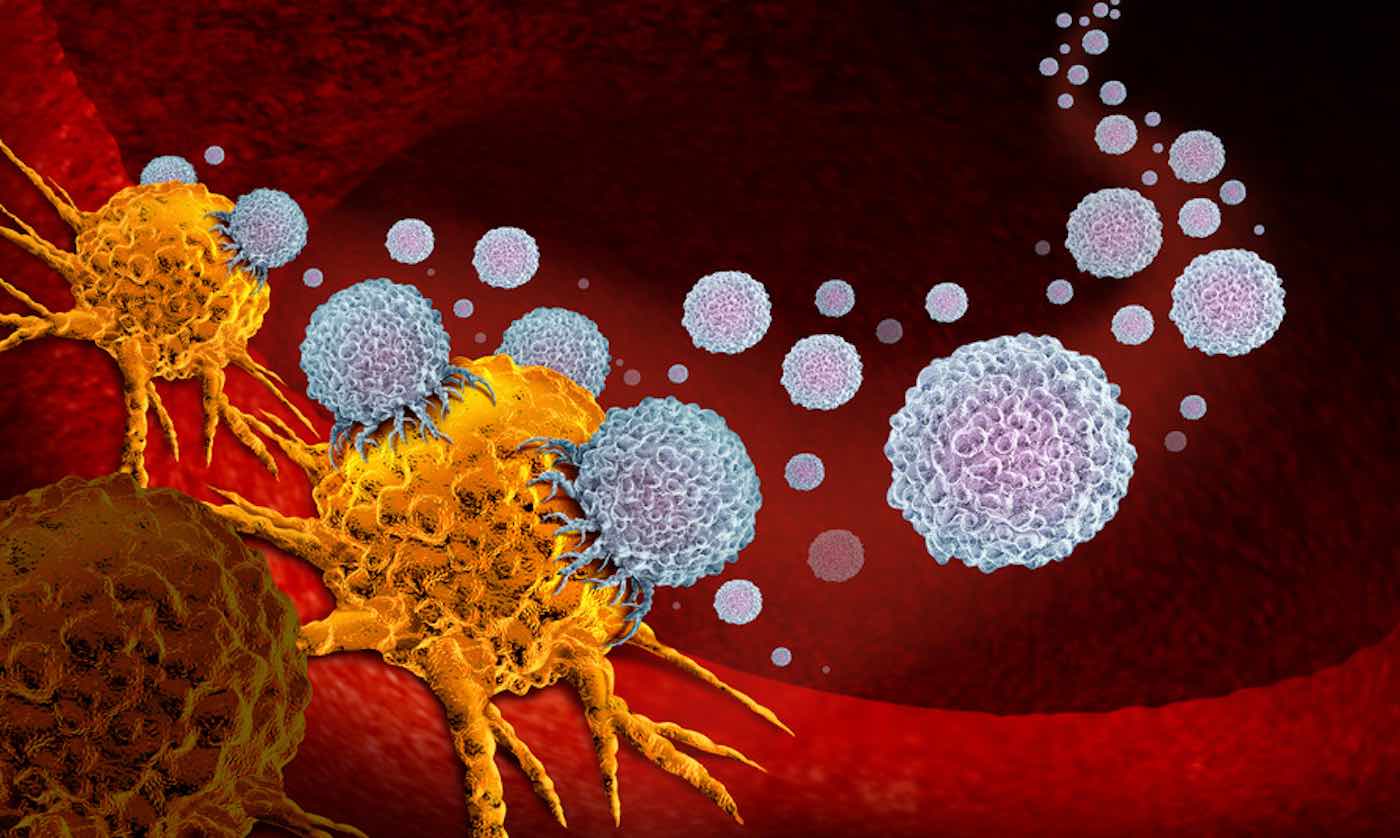Stanford researchers found an antibody that was found to dramatically shrink or eradicate human cancer tumors that were transplanted into laboratory mice, no matter which type of cancer created the tumor. The research is unique in the variety of solid cancers that responded to the antibody.
Human tumors transplanted into laboratory mice disappeared or shrank when scientists treated the animals with a single antibody, according to a new study from the Stanford University School of Medicine that tested breast, ovarian, colon, bladder, brain, liver and prostate cancer samples.
The antibody works by masking a protein flag on cancer cells that protects them from macrophages and other cells in the immune system.
The dramatic response — including some overt cures in the laboratory animals — has the investigators eager to begin phase-1 and –2 human clinical trials within the next two years.
“Blocking this ‘don’t-eat-me’ signal inhibits the growth in mice of nearly every human cancer we tested, with minimal toxicity,” said professor of pathology Irving Weissman, MD, who directs Stanford’s Institute of Stem Cell Biology and Regenerative Medicine and the Ludwig Center for Cancer Stem Cell Research and Medicine at Stanford. “This shows conclusively that this protein, CD47, is a legitimate and promising target for human cancer therapy.”
“This is exciting work and will surely trigger a worldwide wave of research designed to convert this strategy into useful therapies,” said Robert Weinberg, PhD, a professor of biology at the Whitehead Institute for Biomedical Research in Massachusetts who was not involved in the research. “Mobilizing the immune system to attack solid tumors has been a longstanding goal of many cancer researchers for decades.”
The research was published online March 26 in the Proceedings of the National Academy of Sciences.
Follow the progress of human trials on the Stanford page: stemcell.stanford.edu/CD47




















